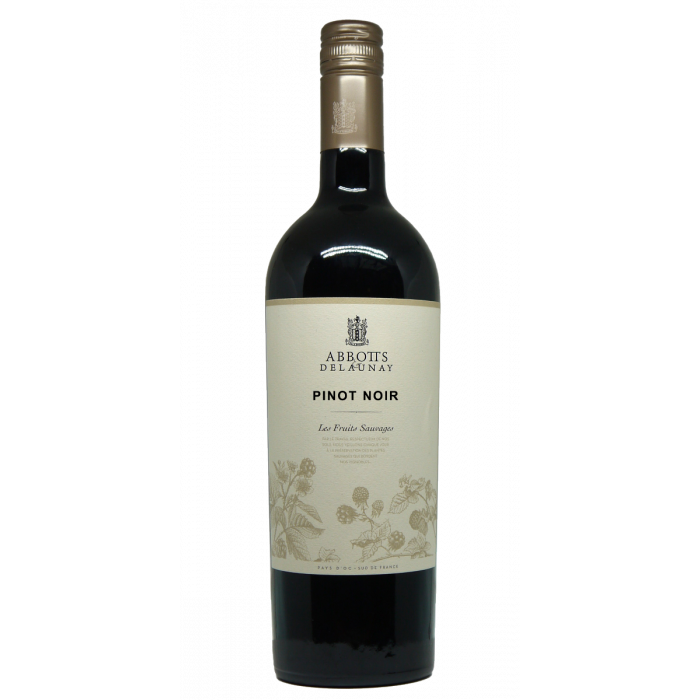Abbotts & Delaunay
Pays D'Oc
2024 Abbotts & Delaunay Pinot Noir Pays D'Oc
2024 Abbotts & Delaunay Pinot Noir Pays D'Oc
Couldn't load pickup availability
Producer Background
Abbotts & Delaunay is a southern French wine brand operating in the Pays d’Oc region under the guidance of Laurent Delaunay. The label emphasizes organic or sustainable vineyard practices, clean vineyard management, and wines that bring varietal character and regional identity without over‑intervention.
Grape & Terroir
This is 100% Pinot Noir. The grapes are grown in the Pays d’Oc, from vineyards that enjoy the temperate Mediterranean climate, but with enough elevation or cool nights to retain freshness. Soils are generally clay and limestone, giving structure and minerality, and vine ages are typically moderate, aimed at balancing yield and quality.
Winemaking & Style
After harvest the grapes are destemmed and carefully fermented—usually in stainless steel or neutral vessels to preserve purity of fruit. Some portion of the production may see short aging in oak or older barrels to add texture without overwhelming oak character. Malolactic fermentation is fully carried out, contributing smoothness. The style is meant to lean elegant, fruit‑driven, with a balance between fresh acidity and gentle tannins.
Tasting Notes
The 2024 Pinot Noir shows a medium ruby color. On the nose, expect red berry fruits—cherry, raspberry—with floral touches and a subtle earth or forest floor note. There’s gentle spice, perhaps a hint of clove or light pepper. On the palate it is smooth, with ripe red fruit, good freshness, soft‑grained tannins, and a clean, moderately long finish. Oak influence is gentle, more supportive than dominant.
Food Pairing Suggestions
This wine is quite versatile. Good matches include:
- Roasted or grilled chicken, pork, or turkey
- Duck breast with berry or red fruit sauces
- Mushroom dishes or risottos
- Mild to semi‑firm cheeses
-
Light charcuterie or vegetable dishes
Serving & Drinking Window
Serve at around 16‑18 °C (about 60‑65°F) to allow aromas and flavors to open. Best enjoyed within the next 2‑4 years for its bright fruit and freshness, though it may develop additional complexity if cellared well for slightly longer.
Share


